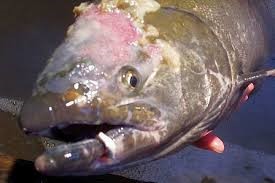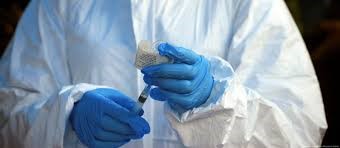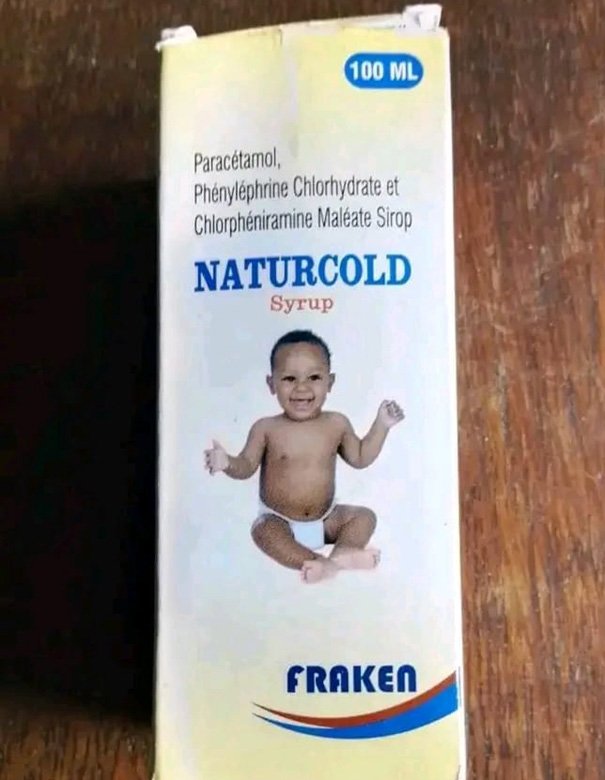Endemic fish diseases : A threat to aquaculture

Endemic fish diseases, such as infectious hematopoietic necrosis (IHN) and viral hemorrhagic septicemia (VHS), are significant threats to aquaculture and the environment. Prevention and treatment measures are essential to reduce economic and environmental losses.
NHI is a bacterial disease that affects fish, particularly salmonids.
Aquaculture, the farming of fish and other aquatic organisms, is a growing industry that meets the increasing demand for seafood. However, this industry faces significant challenges, including the spread of endemic diseases that can decimate fish populations and have serious economic and environmental consequences. IHN is a bacterial disease that affects fish, particularly salmonids (salmon, trout, etc.). It is caused by the bacterium Renibacterium salmoninarum, which attacks the fish’s hematopoietic system, the system responsible for producing blood cells. Symptoms of IHN include anemia, enlarged liver and kidneys, and high mortality.
VHS is a viral disease that affects fish, particularly freshwater and marine fish. It is caused by a virus from the Rhabdoviridae family, which attacks the circulatory system of fish, causing septicemia (blood infection) and hemorrhaging. Symptoms of VHS include high mortality, internal and external bleeding, and increased body temperature.
Endemic fish diseases, such as IHN and VHS, can have serious consequences for aquaculture and the environment. Economic losses due to these diseases can be significant, as they can lead to high fish mortality, reduced production, and increased treatment and prevention costs. In addition, fish diseases can also have environmental impacts, such as water contamination and disruption of aquatic ecosystems.
Prevention and treatment of endemic fish diseases are essential to reduce economic and environmental losses. Prevention measures include fish vaccination, improving fish living conditions, reducing stress, and implementing disease monitoring and early detection programs. Treatments for fish diseases include the use of antibiotics and antivirals, as well as non-drug treatment methods, such as reducing water temperature and improving water quality.
Endemic fish diseases, such as infectious hematopoietic necrosis (IHN) and viral hemorrhagic septicemia (VHS), are significant threats to aquaculture and the environment. Prevention and treatment measures are essential to reduce economic and environmental losses. Research and development of new prevention and treatment methods are needed to combat these diseases and ensure the sustainability of aquaculture. By working together, aquaculture professionals, scientists and policy makers can reduce the impact of endemic fish diseases and promote sustainable and responsible aquaculture.
Angelique EKAMAN(Journalism student on internship)














